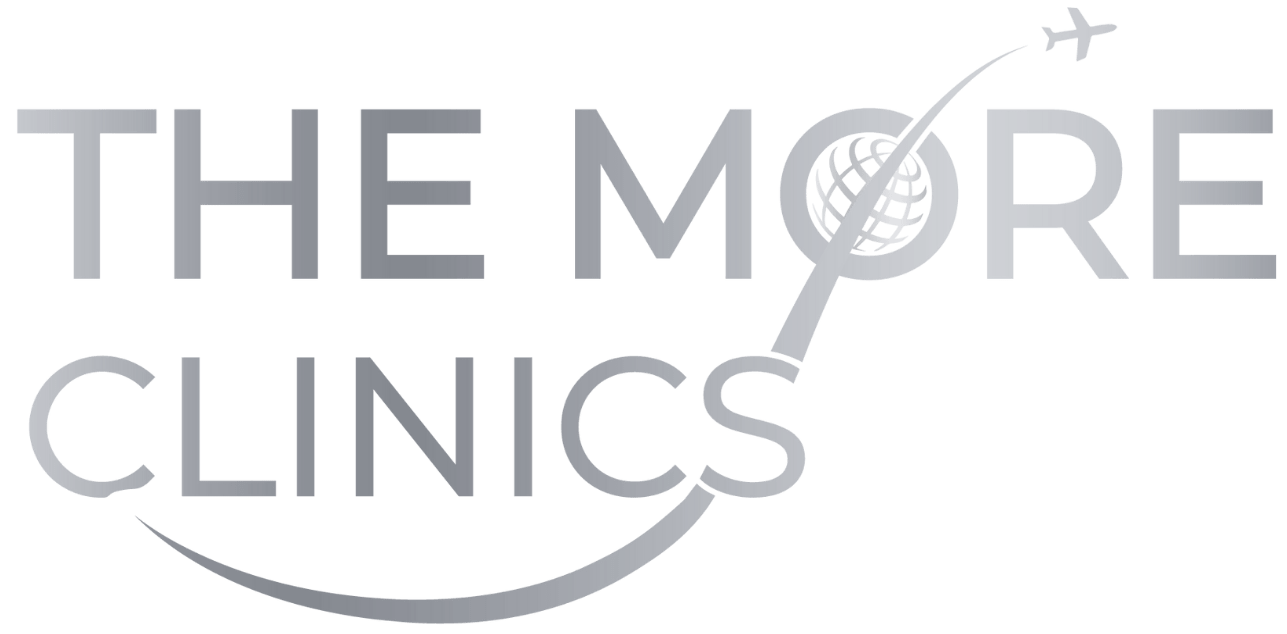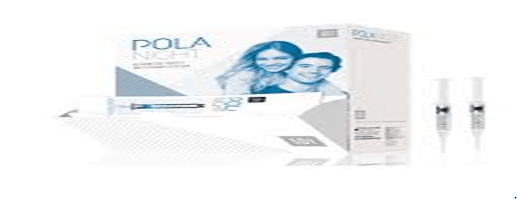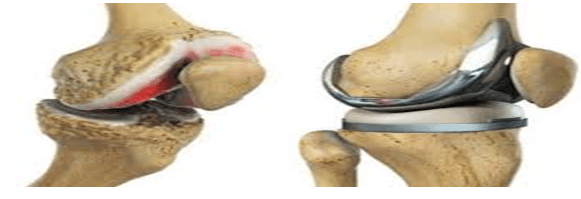How to Get Hallux Rigidus Toe to Fuse Without Surgery
The degenerative disorder known as hallux rigidus, or arthritis of the big toe joint, is characterised by stiffness, inflammation, pain, and restricted movement in the first metatarsophalangeal (MTP) joint. In extreme situations, “bone-on-bone” contact results from the cartilage’s total degradation. Many people with this illness are informed that the only compound long-term remedy is surgery, such as a total joint replacement or fusion. Nonetheless, how to get hallux rigidus toe to fuse without surgery some patients look for non-surgical methods to control their discomfort or even fuse the toe joint spontaneously.
This article examines non-surgical ways to promote a spontaneous fusion of the big toe joint and lessen hallux rigidus symptoms. Over time, these techniques may help stabilise joints and reduce inflammation, but they cannot ensure a complete, medically verified fusion.
Comprehending Fusion and Hallux Rigidus
Arthrodesis, often known as fusion, is the procedure by which bones fuse together to stop joint mobility and relieve pain. Advanced hallux rigidus often requires surgical fusion, although in rare instances, calcification and bone remodelling may cause the body to produce a comparable result on its own.
The objective for those who want to avoid surgery is often twofold:
Cut down on inflammation and discomfort.
Promote joint stabilisation that resembles fusion, yet one that is less rigid and unpredictable than the results of surgery.
How to Get Hallux Rigidus Toe to Fuse Without Surgery
1. Rest and immobilization
Reducing mobility is crucial to give the body time to stabilise the joint. This calls for cautious reduction of tasks which cause discomfort in the toe joint rather than total idleness.
To reduce toe bends use shoes with a rocking bottom or hard sole.
Carbon fibre implants or turf toe plating may aid in reducing joint motion when walking.
Steer clear of high-impact exercises like leaping or sprinting.
Less movement over time may cause the joint to naturally calcify, which may promote an inbuilt unification or stabilisation of some kind.
2. Supplements and an Anti-Inflammatory Diet
Prolonged inflammation may hasten the deterioration of joints. Reducing systemic inflammation may promote the body’s natural bone-healing mechanisms and slow down joint deterioration.
Supplements and foods that might be beneficial:
Omega-3 fatty acids (found in flaxseed or fish oil)
Curcumin, or turmeric, is a naturally occurring anti-inflammatory
Chondroitin sulphate and glucosamine promote the health of cartilage.
K2 and vitamin D help in bone metabolism.
Calcium and magnesium are necessary for the calcification of bones.
Bone health and tissue healing may also be supported by a nutritious, whole-foods-based diet high in fruits, vegetables, lean protein, and healthy fats.
3. Joint Stability via Physical Therapy
Strategic workouts may strengthen surrounding muscles and ligaments, even if mobility is limited. This may help stabilise the joint and lessen pressure on it.
Among the examples are:
Using a towel to curl your toes
Exercises for ankle mobility
Stretches for the calves to ease strain on the forefoot
enhancing the natural foot muscles
The big toe joint’s aberrant motion may be reduced over time by robust support structures, which may also assist the joint surfaces calcify and rest closer to one another.
4. Foot care and topical treatments
To reduce discomfort and encourage tissue repair:
Warm castor oil should be applied to the joint and covered with a towel for half an hour. It could ease stiffness and irritation.
An all-natural treatment for inflammation and bruises is arnica cream.
Epsom salt baths: Aid in muscular relaxation and discomfort reduction.
Comfort and mobility may also be affected by taking care of your feet, which includes preventing pressure from tight shoes and keeping toenails clipped.
5. Non-Surgical Regenerative Therapies
Despite not being “natural fusion,” the following minimally invasive medical procedures may promote joint healing without causing bone damage:
Your own blood may be used to make platelet-rich plasma (PRP) injections, which contain growth factors that aid in tissue healing.
A course of injections known as prolotherapy is used to promote the body’s healing process.
Stem cell therapy has the ability to lessen inflammation and rebuild cartilage.
Although not yet widely used, these techniques are becoming more and more common among those who want to avoid surgery.
Conclusion
Although big toe joint spontaneous fusion is rare, it is often feasible to stabilise the joint and relieve symptoms without surgery. Systematic care, comfortable shoes, a healthy anti-inflammation diet, and targeted massage may all greatly lower pain levels.
But it’s important to control expectations. Without surgery, true bone fusion is uncertain, and natural approaches focus more on symptom management and allowing the body to gradually stabilise the joint.
See an orthopaedic physician or foot specialist before beginning any treatment plan to track the development of your hallux rigidus and make sure there is no chance of further harm. For some people, non-surgical methods may be quite successful, particularly in situations that are in the early to mid-stage or for those who want to postpone or completely avoid surgery.
This article is medically not rewieved yet.


